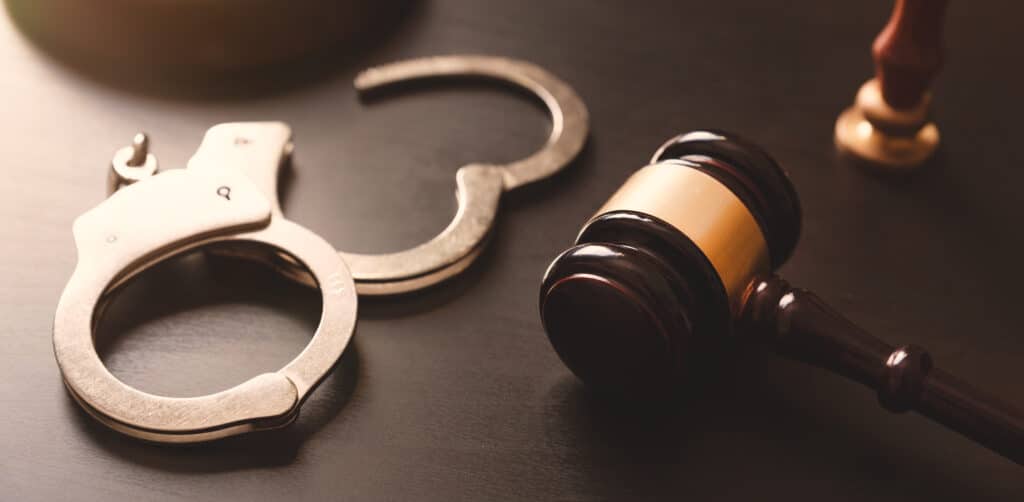Divorce
Toepfer at Law recognizes that divorce has no winning or losing side; we specialize in achieving reasonable and amicable agreements between parties to a divorce.
DivorceCustody
At Toepfer at Law, we focus on the most important issue in child custody cases: the well being of our clients’ children. Custody battles can be particularly tricky situations…
CustodyChild Support
We are prepared to make sure every pertinent detail is addressed, and that your child support matter has a fair outcome. We work to ensure the courts work for needs of your children and you.
Child SupportFamily Law Services
Toepfer at Law helps clients with divorce, child custody and child support as well as other family law matters.
Family Law ServicesEstate Planning
Toepfer at Law offers estate planning services for non-divorce customers.
Estate Planning




